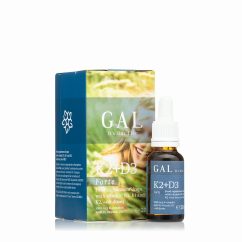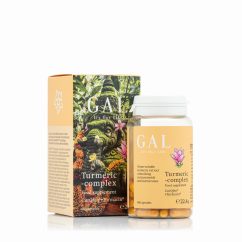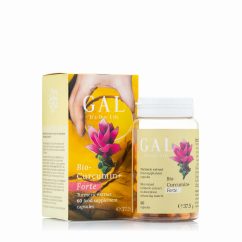
What’s the benefit of Fenu-C+?
Thanks to its unique technology the body’s vitamin C level can be kept high much more comfortably with Fenu-C+ than with the help of other vitamin C supplements.
In addition, with its use such high, so-called supraphysiological vitamin levels can be reached as with none of the traditional vitamin C preparations. This means that it can even substitute for intravenous vitamin C, or can be applied as a complementary therapy to IV.
A further advantage to mention is that even those who are afraid that a large dose of vitamin C might cause kidney stones can safely take it. This concern is rather unfounded to begin with, but even more so in the case of Fenu-C+ since as we will see, in the form of Fenu-C+™ about a tenth of the amount of vitamin C is enough to maintain the same vitamin C blood level during the day and much less passes through the kidneys. The reason why so much traditional vitamin C is needed and so often to maintain an adequate blood level is because the kidneys secrete it at a rapid pace, meaning a lot passes through the urinary tract.
What makes Fenu-C+ special?
Fenu-C+ is a vitamin C product prepared using the so-called Hybrid-FenuMAT™ technology which has the word “hybrid” in its name because during manufacturing two advanced methods are applied together that both intensify utilization.
First, vitamin C is encapsulated in appropriately small liposomes with 95% efficiency. Even in the case of professionally prepared liposomal vitamin C products not more than 30-60% efficiency is typical.
Then these vitamin C-filled liposomes are also processed using a so-called FenuMAT™ technology which means they are inserted into a matrix composed of special fibres extracted from fenugreek seeds. In this way, a hydrocolloid system containing vitamin C wrapped in liposomes is created which is then dried by freezing. All that’s used is sunflower lecithin and fenugreek seed fibre.[1]
The diagram below demonstrates the manufacturing process: [1]
(CAAS = Calcium-ascorbate)
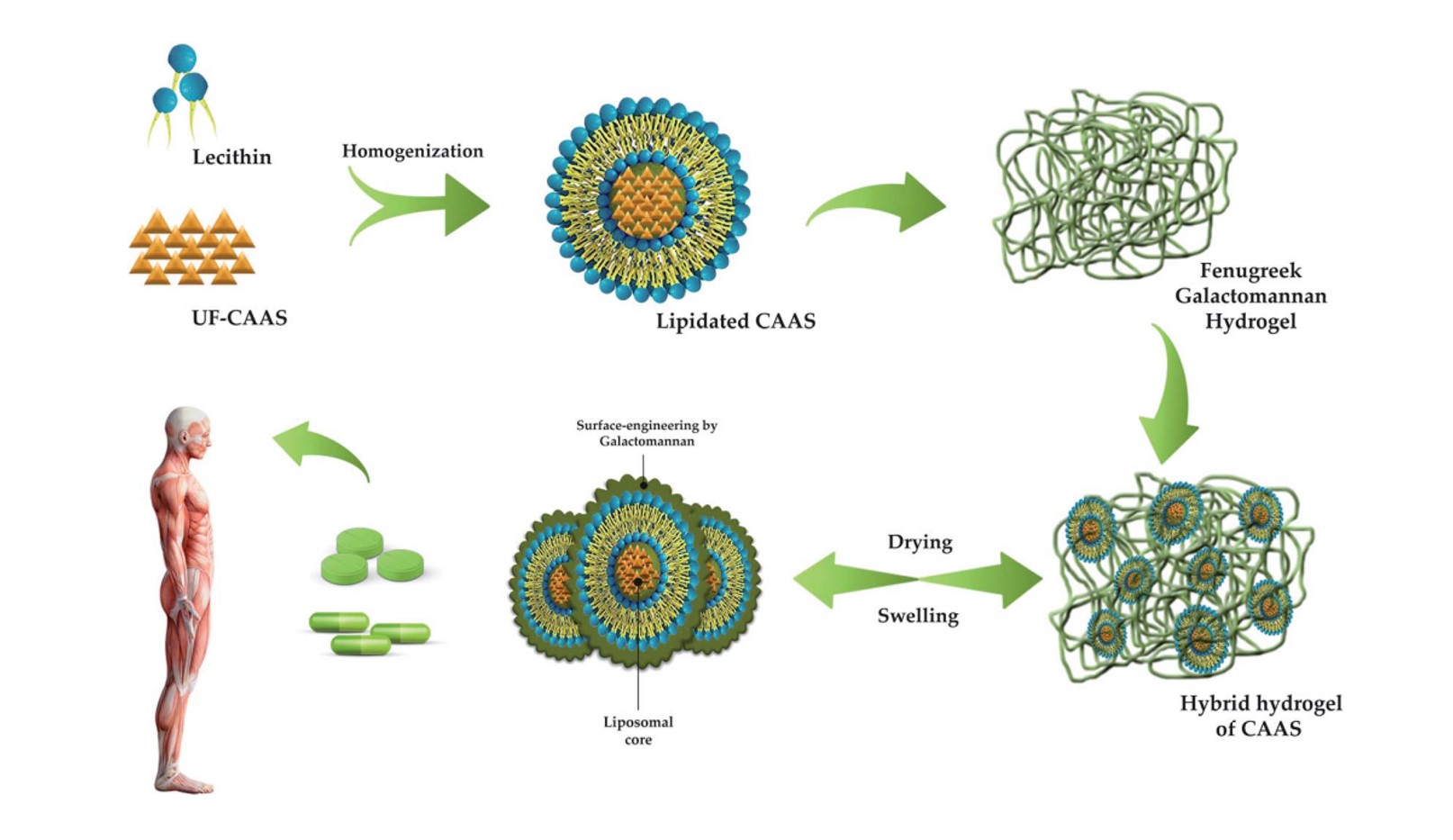
Through FenuMAT ™ technology and employing ultrasound special fibres extracted from fenugreek seeds are used to create a matrix structure for the active ingredients. The structure functions as a reversible hydrocolloid system which is the new generation of absorption-increasing colloid technologies (in layman’s terms, incorrectly but more clearly: liposomal technologies). In the case of more active ingredients, it’s even more effective than liposomal technologies.
What’s the strength of Hybrid-FenuMAT™ technology-processed vitamin C?
Compared to plain vitamin C Fenu-C+ has a utilization of +600%, while liposomal vitamin C products typically have only +10-79%. [1] How can something be utilized in such a large measure if this figure is only 40-90% for plain vitamin C and above 97% for good-quality liposomal vitamin C products? In order to understand that let’s see how vitamin C works first.
Utilization and secretion of vitamin C
The human body secretes vitamin C depending on its blood level. If vitamin C (ascorbate) blood level is above 60-70 µM/L its half-life is about half an hour so the level drops quickly, it empties fast. On the other hand, if it doesn’t reach 60-70 µM/L blood level then its half-life can be measured in weeks. [2]
It’s one thing what proportion of the ingested amount appears in the blood. How long it’s present is unrelated. Fenu-C+ and various liposomal vitamin C products bring vitamin C to the bloodstream (and the cells) in an untraditional way, thus “bypassing” its quick secretion even when the blood level is high. [2]
This means that statements regarding what % of the utilization of something is and how much better one thing is absorbed than the other can only be interpreted within the given context. Different solutions can be effectively compared by seeing how much and how long they can raise the blood level. It would be even more effective to examine it on a tissue level, but to do that a biopsy or autopsy is needed, so it’s only done on animals. FenuMAT™ technology’s greatest strength is raising the tissue level because it was developed explicitly to that end.
What can be achieved with this technology is that it doesn’t only bring active ingredients into the bloodstream avoiding the liver, the digestive system and with them the neutralizing enzyme system but does so evenly, in an extended way so that every cell of the body (including brain cells) can absorb the most of it and it and it gets to the organelles.
How much do Fenu C+ and plain vitamin C raise vitamin C blood levels?
The graph below represents a 2021 clinical study and shows how much one intake of 1000mg Ca ascorbate (910mg vitamin C content), one dose of Fenu-C+ 1g (350mg vitamin C content) in tablet and capsule form raised the blood level of the 14 participants. (CAAS indicates the group taking 910mg plain vitamin C while F+ refers to the 350mg vitamin C processed with Hybrid-FenuMAT™ technology, i.e. Fenu-C+.)[2]
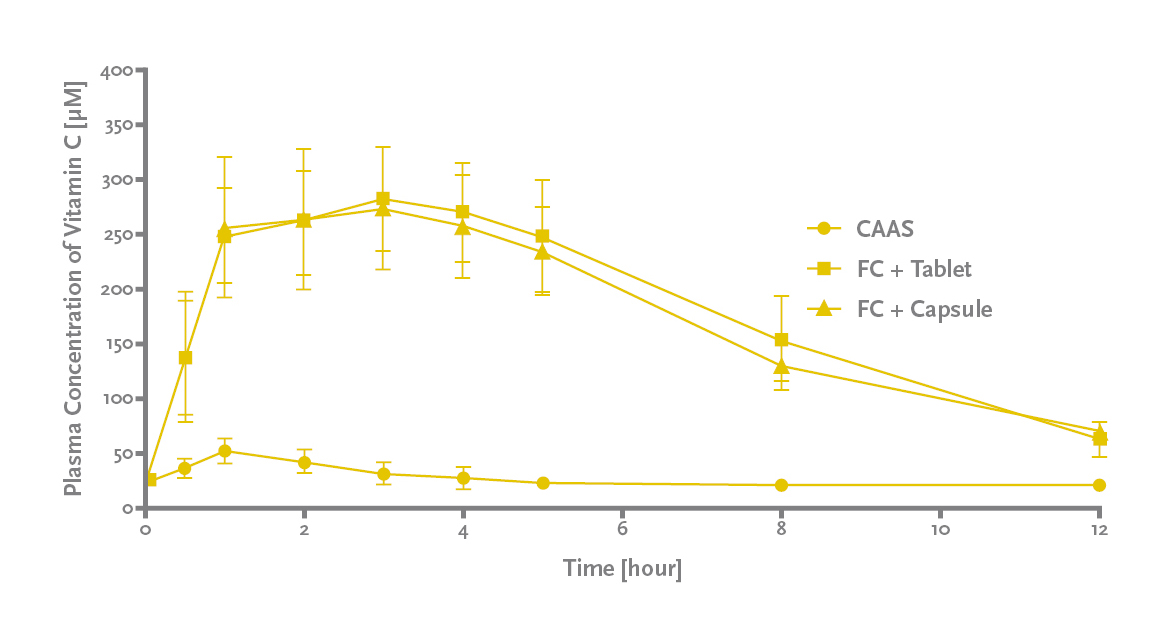
Plasma vitamin C concentration [µM]
CAAS
FC + tablet
FC + capsule
Time [hour]
It’s visible that even in the case of an extremely low vitamin C blood level, a single intake of 1000mg Fenu-C+ resulted in a nearly 300 µM/L blood level which remained above 250 µM/L for 4-5 hours then above 150 µM/L for about 8 hours. In contrast, almost 3 times as much plain vitamin C barely raised the subjects’ blood level, achieving 50 µM/L for only about an hour.
What maximum blood level can be achieved with traditional vitamin C?
The graph below shows that by taking 18g (3x6g) vitamin C daily a maximum of 220 µM/L can be sustained while by taking 10g (4x2.5g) daily a level of 200 µM/L. [3] Of course, this is only true if it doesn’t cause diarrhoea which is typical when taking such large amounts, besides, taking more than 2g of vitamin C daily in the form of a dietary supplement can’t be recommended.
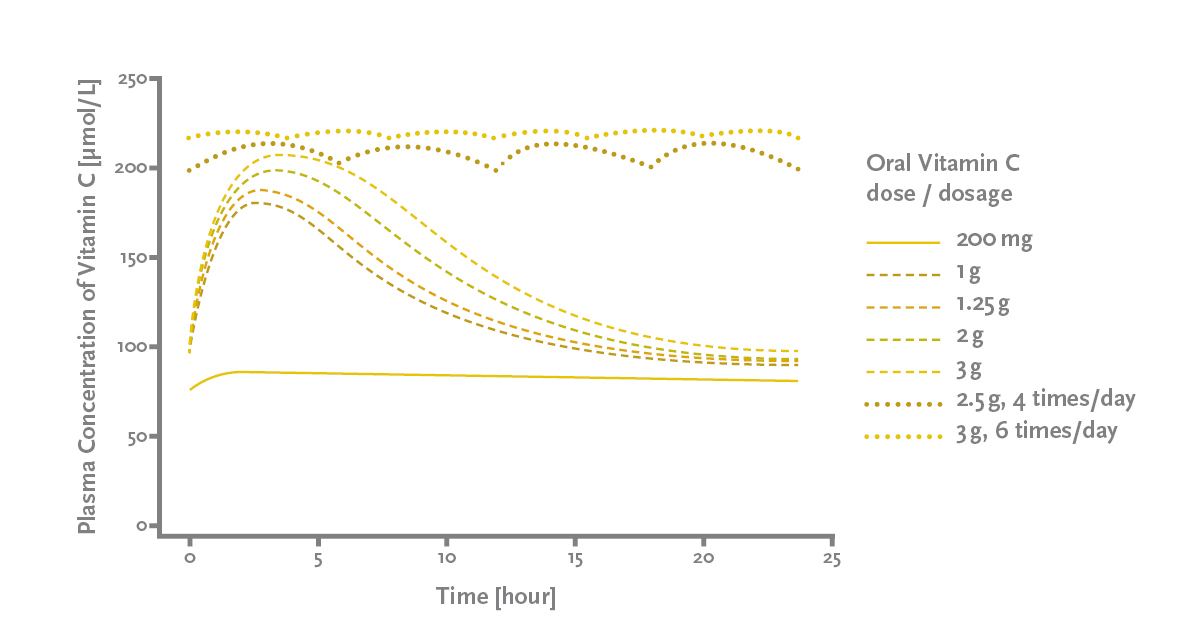
Plasma vitamin C concentration [µmol/L]
Oral vitamin C dosage
200mg
1g
1.25g
2g
3g
2.5g 4 times a day
3g 6 times a day
What blood level can be maintained with liposomal vitamin C?
The quality of liposomal vitamin C products is very diverse. It’s influenced by what % of the vitamin C content can be locked into the appropriately tiny liposomes using the given technology since large liposomes are completely useless. The efficiency of locking it into adequately tiny liposomes ranges from 0% to 95% for various liposomal vitamin products, but it’s typically between 30-60%.
Correspondingly, they hugely differ in terms of utilization, and their blood level-raising effect. Between 1000 and 36,000 mg of liposomal vitamin C can achieve and sustain the high blood level that 350mg Hybrid-FenuMAT™ technology-processed vitamin C is able to produce. [1, 4]
As an example, we’ll present the result of a study where one of the best-known, very good quality liposomal vitamin C products, provided by the manufacturer, was examined. The result is accessible on the manufacturer’s webpage as well. [4]
Livon Labs (manufacturer of Altrient liposomal vitamin C) provided the liposomal vitamin C used in the study. The participants had a high, nearly 150 µM/L vitamin C level at the start because prior to the study they had been taking 6g of vitamin C daily.
Comparison of 5g plain vitamin C and 5g liposomal processed vitamin C’s effect on blood level:
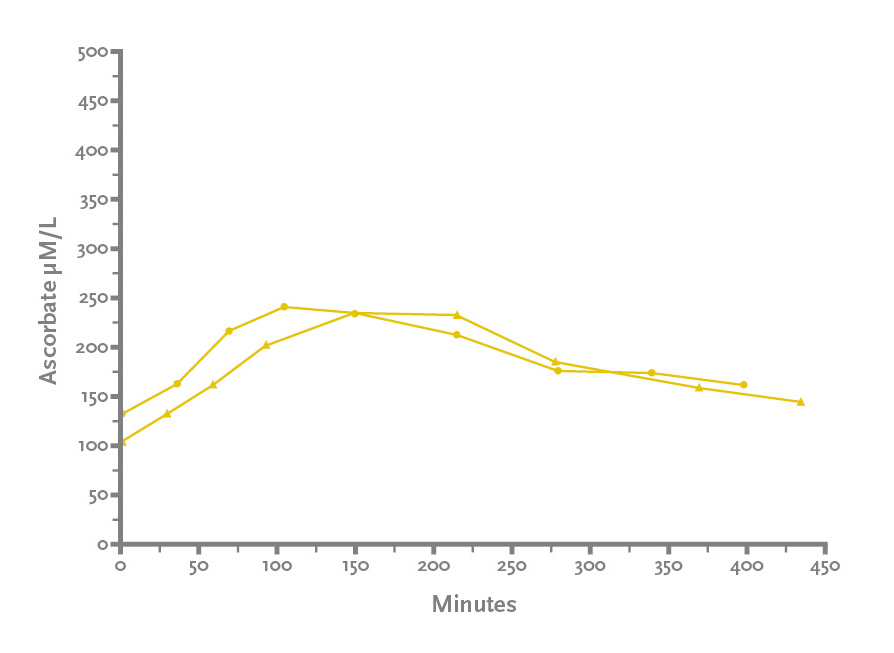
Ascorbate µM/L
Minutes
Visibly there is no real difference which in all probability is due to the fact that up to 5g plain vitamin C typically absorbs rather well if it’s taken on an empty and adequately acidy stomach.
The next graph shows the comparison of 20g liposomal processed vitamin C and 5g plain vitamin C. (During the sampling at the 275th minute for plain vitamin C not enough blood was taken so the spike seen there is a measurement error.)
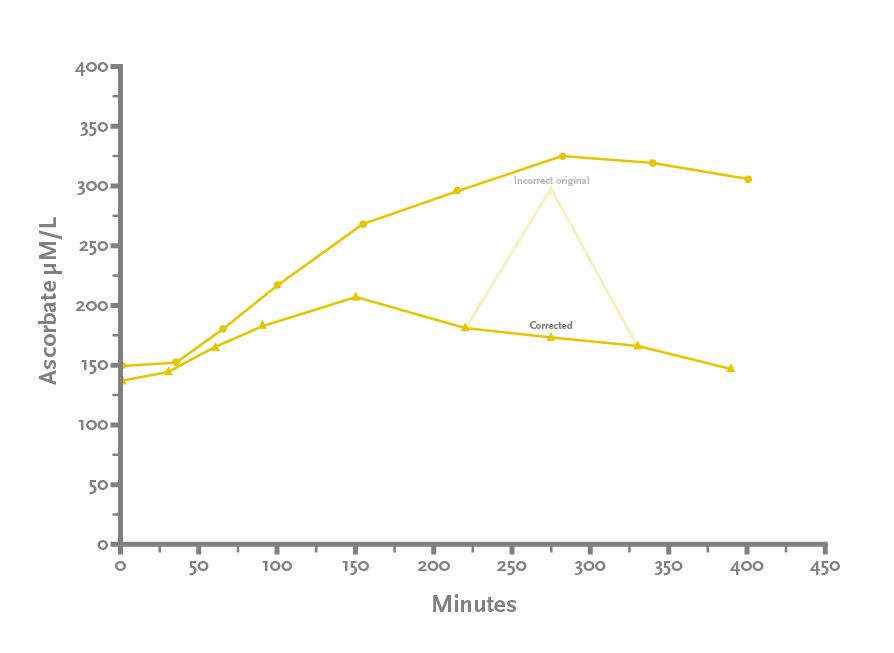
Ascorbate µM/L
Minutes
Original faulty
Corrected
It’s visible from the graph that 20g of liposomal vitamin C can achieve a much higher and longer-lasting blood level than 5g of plain vitamin C. The latter can produce roughly the level that 1g of FenuMAT-C+™ can which means 0,35g vitamin C from that.
The next graph demonstrates 36g liposomal processed vitamin C’s effect on the blood’s vitamin C level. (2 subjects were examined whose results are demonstrated on separate graphs so in this case there’s no comparison with plain vitamin C.)
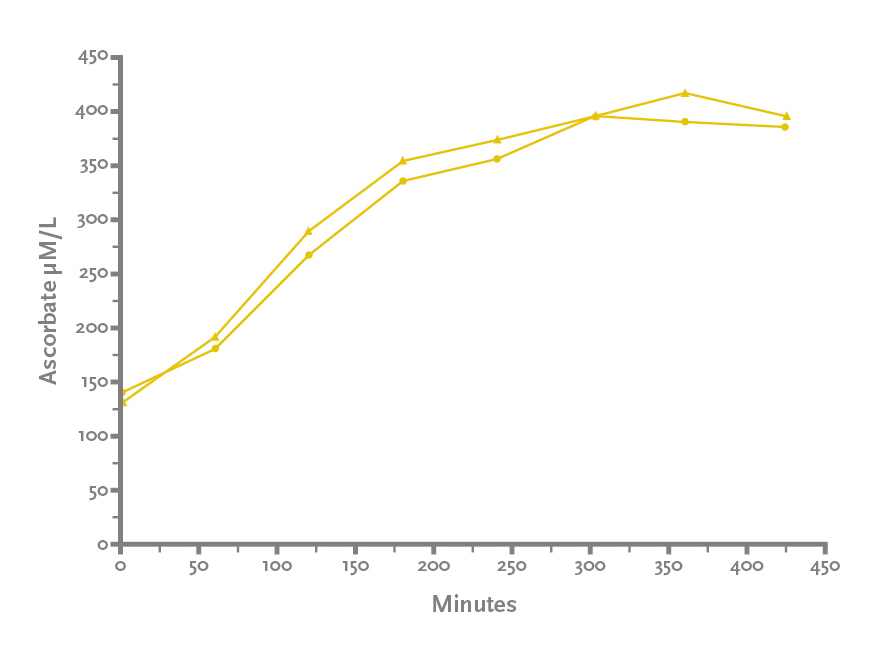
Ascorbate µM/L
Minutes
Here the 36g, or 36,000mg liposomal processed vitamin C produced a value of 400 µM/L but it’s still only about a 30% better result than what can be achieved with Fenu-C+ containing a hundredth part of that vitamin C. Moreover, in this study, the participants started off with a value of about 150 µM/L due to having taken 6g of vitamin C daily for a year. In contrast, in the study conducted with Fenu C+, the participants started off with a value lower than 50 µM/L and reached almost 300 µM/L and 250 µM/L over a four-hour period. If they had started off with a value of 150 µM/L quite probably there would have scarcely been a difference in the blood level raising effect of 0,35g vitamin C derived from Fenu-C+ and 36g vitamin C derived from liposomal vitamin C. Besides, it’s obviously easier to take 1-2 capsules than 36 5g sachets as was done in the study.
What vitamin C blood level is beneficial for whom when, and how to achieve it?
It’s hard to say what’s ideal but a good starting point can be a 2018 professional survey. [5] The level of various antioxidants in the blood was tested and how that correlated with the participant’s health. More precisely, how do any cause of death and risk of disease correlate with the blood level of various antioxidants? They found that it’s only vitamin C whose positive effect doesn’t start declining above a certain level but its protective effect against diverse diseases and causes of death kept growing.
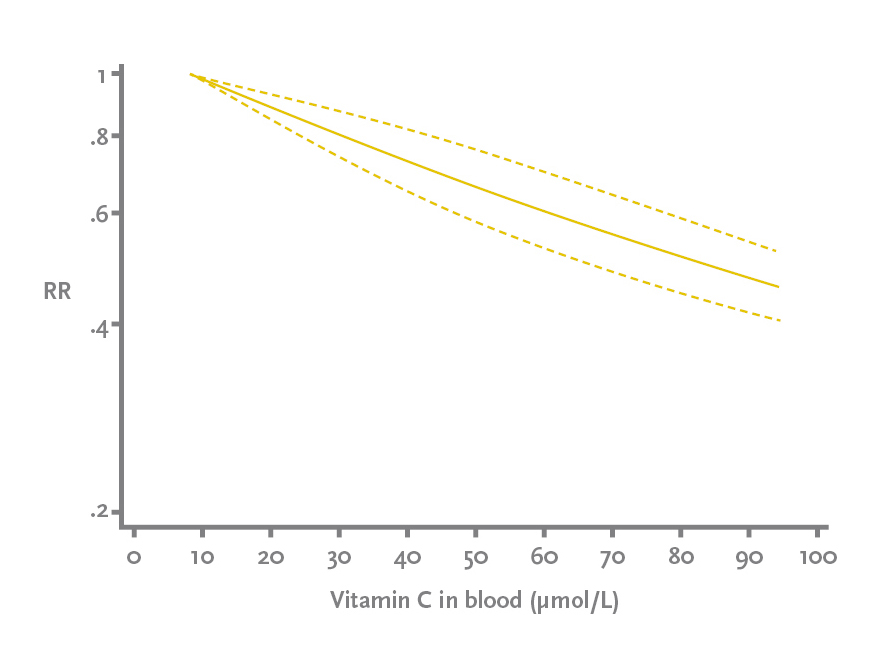
RR
Vitamin C in blood (µmol/L)
Since people’s blood levels are typically below 100 µM/L its effect could only be examined up to this value. Up to 100 µM/L level, however, the risk of disease and causes of death steadily decreased which means that the optimal value must be above that but we don’t know how much exactly.
In an in vitro test it proved to be the most effective in subduing bacteria and cellular proliferation above 280 µM/L but most probably a lower blood level is sufficient since in a live organism the immune system also “helps out”. [6]
How much vitamin C helps against a cold?
Based on published reports of physicians using large doses of vitamin C in their practice 10g of vitamin C daily helps prevent a cold but to treat it larger amounts are needed. Such extremely high doses of vitamin C have been found beneficial in other instances as well. [7, 8]
Anecdotal data is hard to work with, however, a meta-analysis conducted using the data from 27 clinical tests established that a daily intake of 1g of vitamin C decreased the occurrence of colds only by 6%, while a daily intake of 2g did so by 21%. In the case of children, 1g meant a 17%, and 2g a 26% decrease. [9] Considering that on average children weigh half as much as an adult it’s only logical that for them 1g has a similar effect than 2g for adults (17% and 21%). The fact that 2g of vitamin C is much more effective for children than 1g suggests that also for adults 4g would be much more beneficial than 2g. This could somewhat support doctors’ observations.
All in all, for a healthy individual sustaining a blood level of about 150-200 µM/L is probably enough (perhaps even 100 µM/L) but it’s not worth keeping it steadily above 250 µM/L because it’s unrealistic. In the case of illness, operations, injury or stress vitamin C is discharged very fast so it’s harder to sustain the ideal, above 100 µM/L level.[2, 8]
In some instances, individuals seek expressly to achieve or even sustain a supraphysiological vitamin C level. They might succeed in the former using intravenous vitamin C but not in sustaining it all day, or for several days or months/years. This new technology can be tremendously helpful in these special cases.
How to sustain a 150-200 µM/L vitamin C blood level?
If you are not sick you need a daily intake of about 10 grams of traditional vitamin C based on tests conducted so far. However, that much can’t legally be recommended and it would almost definitely cause diarrhoea. A value of 150 µM/L can probably be sustained with a daily intake of 4x1.5g which, although can’t officially be recommended would probably only cause diarrhoea for a few and could be an economical and good solution.
However, here’s what can officially be recommended: From the 1g Fenu-C+ study’s results it follows that 0.7g Fenu-C+ (which contains cca 210mg vitamin C) sustains a value of about 150-200 µM/L for 6-8 hours, so by taking 2-3 a day the blood level can be kept in this range for 24 hours. (Or the same blood level can be sustained for about 24 hours with 2-3 times 1-10g liposomal processed vitamin C.)
During a cold, an infection or after injury or an operation taking a larger dose is advisable because in these cases the blood level runs out quickly.
How to maintain a supraphysiological vitamin C blood level? How can intravenous vitamin C be substituted with Fenu-C+?
First, it’s worth establishing that achieving and sustaining a blood level higher than 200-250 µM/L can only be the aim in special cases, in general, it’s not recommended. We won’t form an opinion on these special cases and we strongly advise anyone trying to achieve such high blood level through IV vitamin C or by other means to consult a doctor. It’s straightforward from the data of the study presented earlier that taking more than 1g of Fenu-C+ will raise the blood level above 250 µM/L for a 4-hour period. Chances are that taking 2-3g at one go can generate a blood level above 400 µM/L for the same time period. (We are planning to conduct tests to determine that).
Vitamin C absorbs through a different mechanism, so if the aim is to maximize the blood level it’s worth taking an amount of plain vitamin C daily that still won’t cause digestive problems. The blood level-raising effect of further liposomal vitamin C or Fenu-C+ can be added on top of that. Presumably, even a blood value over 800 µM/L can be achieved. [2, 10]
It’s worth mentioning that part of the vitamin C wrapped in liposomes can’t be measured in the bloodstream because it gets there as liposomes, just like it does to the cells. Data from blood tests presumably only show the momentary amount of free vitamin C that’s got back into the blood after being released from the liposomes that reached the cells. This means it’s possible that the lower blood level discussed above is sufficient if we’re talking about liposomal vitamin C (including Fenu-C+™), as the goal is to make sure it gets to the cells. [2]
Warnings
If you are pregnant or suffer from hyperthyroidism, please consult your doctor, or healthcare provider before taking the product. Take a break for a few weeks after 2-3 months.
KEEP OUT OF REACH OF CHILDREN. DO NOT EXCEED RECOMMENDED DOSE.
If you are undergoing treatment for a medical condition or if you are pregnant or lactating, please consult your medical practitioner before introducing supplementary foods to your normal routine. The dietary supplement should not be used as a substitute for a varied and balanced diet or a healthy lifestyle. Store tightly closed in a cool and dry place.
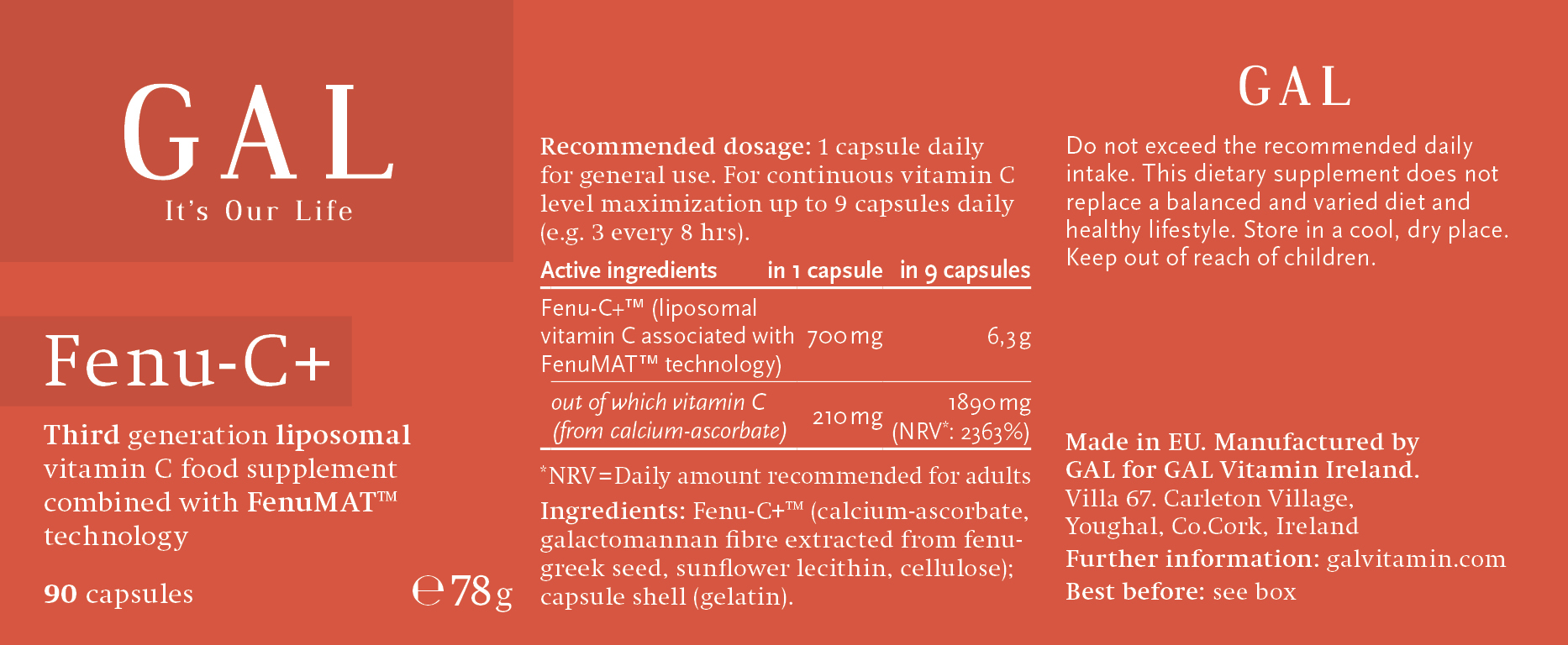
-Allergen-free
- Glutenfree
- Egg-free
- Soy allergen-free
- Dairy and lactose-free
- Free of sulfur dioxide
- Sugar-free
- GMO-free
- Vegetarian
- Vegan
- FSC paper material (CO31340)
- Packaging from carbon-neutral production
- 100% recyclable packaging
Green: The product has the described property
Red: The product does not have the described property

Brief and precise summary of Vitamin C
Scurvy had been observed long before the discovery of vitamin C. It was not unusual for half the crew to perish by the end of lengthy sea voyages. The symptoms of scurvy include inflamed, bleeding gums; various joint pains and skin conditions; fatigue and lethargy.
This is why you should eat vitamin C-rich foods
Everybody knows vitamin C; it can be found organically in the fruits and vegetables we eat, and even in some food of animal origin, although in lower quantities. Vitamin C is one of the most popular supplements. It is commonly used as an immune booster and has a key role in several biological processes as well.
VS: Natural or Synthetic Vitamin C
Ever since its discovery in the 1930s, there’s been a debate about how much vitamin C should be taken and whether there’s a difference between vitamin C found in organic food and artificial vitamin C.
You can't concentrate? Vitamin C could be the answer
It’s hard to focus on a single task since there are so many things to distract us nowadays. This can considerably diminish your performance.
Our vitamin C needs could be higher than we think






